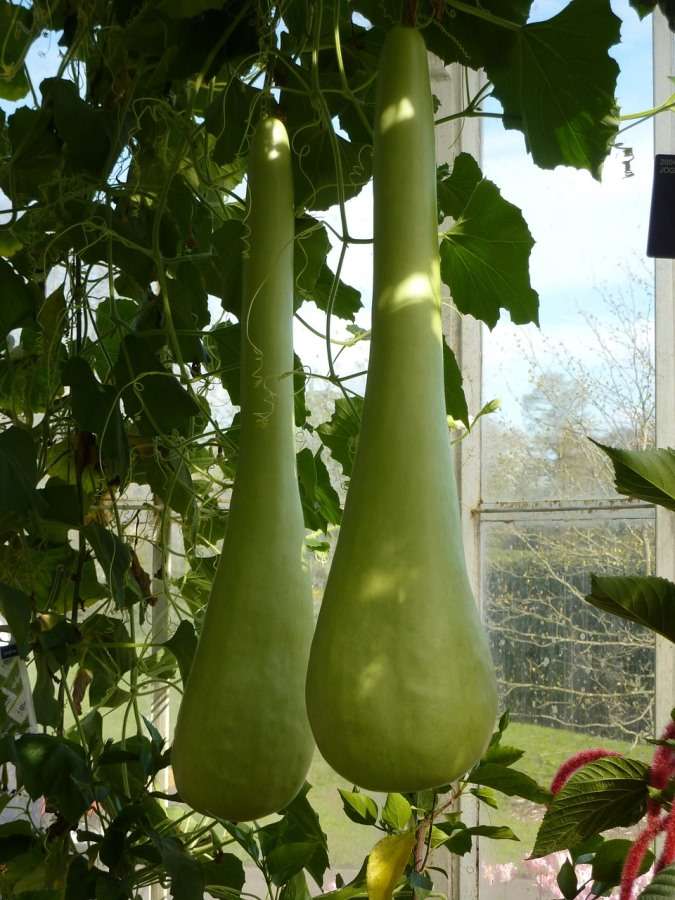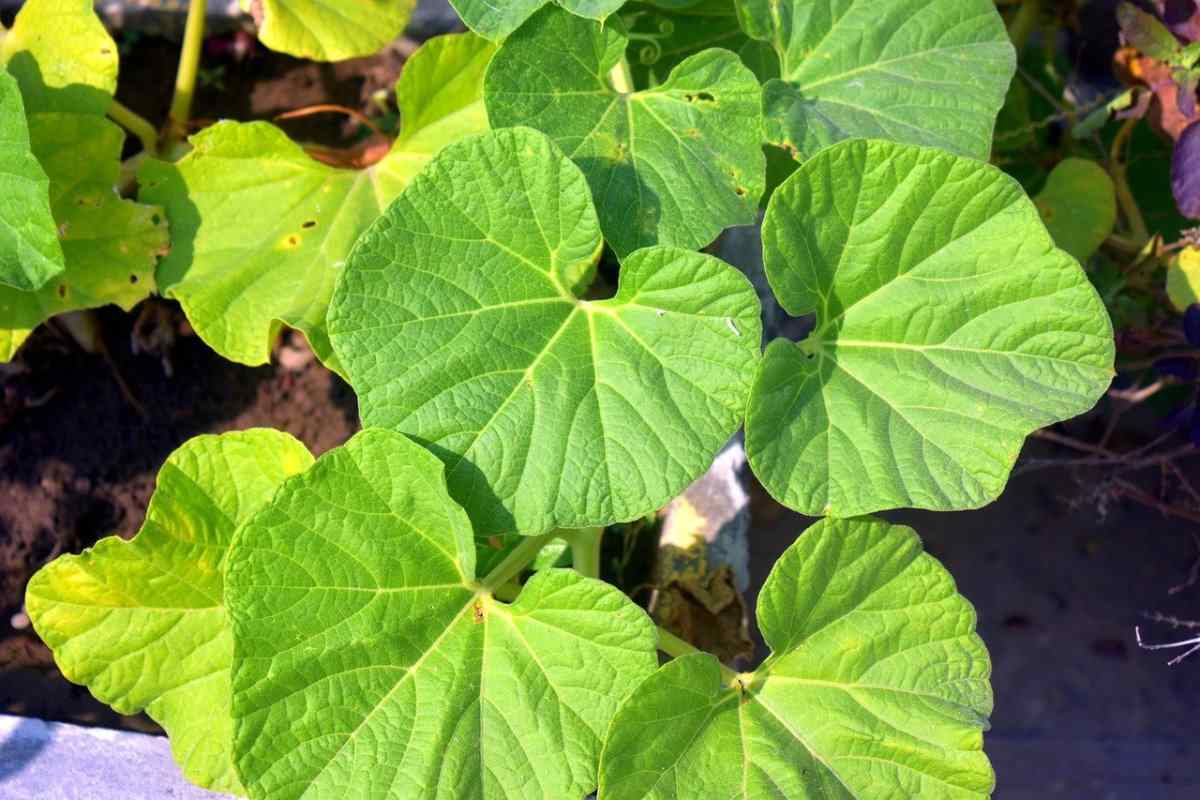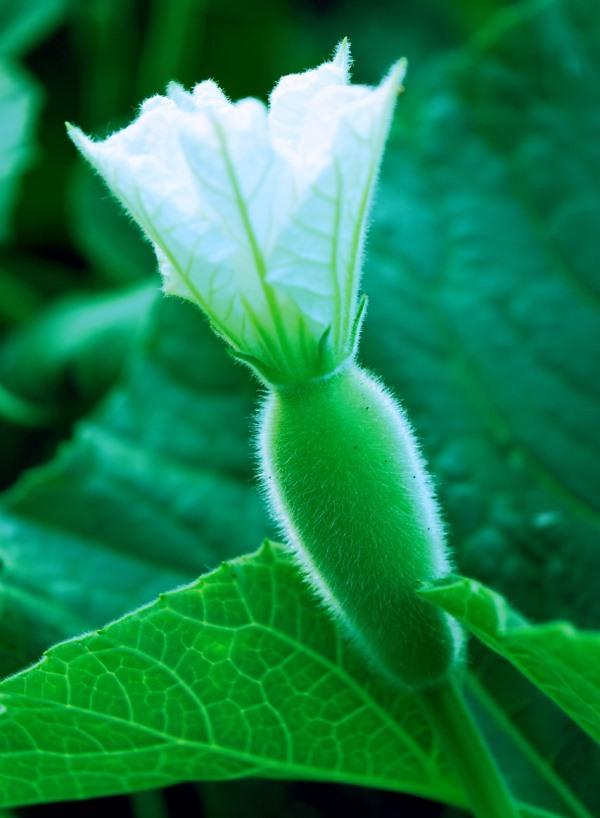Introduction on How To Start Bottle Gourd Gardening for Beginners, FAQs: Hello gardeners, we are back with another article today. Do you want to grow your own bottle gourd plant and do you have any doubts about planting bottle gourd? Well and then you will need to follow this complete article to have a perfect bottle gourd plant. In this article, we are going to discuss some frequently asked questions about bottle gourd planting.
Calabash is a fruiting vine that is also known as bottle gourd, white-flowered gourd, long melon, birdhouse gourd, New Guinea bean, and Tasmania bean. It can be collected either young to be eaten as a vegetable or mature to be dried.
The overview table of planting bottle gourd is given below:
| Depth to plant | 1/2 inch deep |
| Spacing between seeds | Space plants about 5 inches apart |
| Spacing between seedlings | Space rows about 3 inches apart |
| Days to germinate (Sprout) | 7 to 12 days |
| Planting season | Summer and Spring |
| Plant height | Grows as a vine |
| Soil requirement | Prefers soil with pH levels of 5.5 to 6.8. |
A Step By Step Guide to Bottle Gourd Gardening for Beginners, Questions and Answers, Planting FAQs

Bottle gourd can be grown year-round using the seed planting method. The optimal time to plant seeds is during the summer and monsoon seasons. Bottle gourd seeds can be purchased online.
Seeds are directly placed in shallow holes or raised beds, germinating in 7 to 8 days.
Bottle gourd seedlings grow very quickly and develop a climbing habit quickly.
For the climber to grow, robust trellis support should be erected. Many gardeners allow the plant to trail on the ground or climb on poles or the house’s roof.
To stimulate branching, pinch off the young plant’s growth tips.
In the second month, the side shoots will produce separate male and female flowers.
Female flowers contain little gourds beneath them after pollination. If there are a lot of male blooms, you can remove some of them.
After 2 to 3 months of seed sowing, the harvesting season begins and lasts roughly 6 to 8 weeks.
The best time to harvest is when the fruits have a soft, smooth surface and you can easily scrape or press your fingernail through the skin.
Now, let us discuss some frequently asked questions about planting bottle gourd
When do you start planting bottle gourds?
Bottle gourds are a warm-season plant that requires a long and frost-free growing season. After the average last frost date, the optimum time to plant bottle gourd seeds outdoors is in the spring.
How long does a bottle gourd take to produce fruit?
After 2 to 3 months of seed sowing, the harvesting season begins and lasts roughly 6 to 8 weeks. The best time to harvest is when the fruits have a soft, smooth surface and you can easily scrape or press your fingernail through the skin.
What is the best fertilizer for bottle gourd?
Well-rotten cow dung manure, farmyard manure, compost, or vermicompost are all examples of organic manure. Dressing on top: If your Bottle Gourd climber is more than 45 days old, fertilize it with one tablespoon of 15:15:15 (NPK) fertilizer per plant or a handful of Vermicompost.
Does the bottle gourd require direct sunlight?
Select a location that receives full to partial sun. Plants should be started outside when the soil temperature reaches 21°C in mid to late spring and seeds can be started indoors six weeks earlier.
What should I plant in the same spot as the gourds?
Companion planting is beneficial. Radishes, catnip, broccoli, tansy, dill, marigolds, and even the Buffalo Gourd, which is a native that is bitter and stinks much worse than the Lagenaria, hard shells, are some plants to use with gourds. Harvesting: Wait until the stems and tendrils are brown before cutting the gourds.
What’s wrong with my bottle gourd plant?
Bottle gourd is susceptible to anthracnose during the wet season and powdery mildew during the dry season. The Vermiculture Advantages for Organic Garden should not be overlooked. Although slugs prefer young plants, bottle gourd is trouble-free.
What kind of soil does a bottle gourd require?
In case if you miss this: How To Start Leafy Vegetable Gardening.

In sandy loam soil, bottle gourd thrives. You can enrich the soil by adding organic manure. You will receive high-quality vegetables as a result of this. Like a vine, the plant can reach a height of 1 to 6 feet, thus it needs strong support to ascend.
How do you keep insects away from bottle gourds?
Use ribbed gourd as a trap plant, then spray congregating adult flies on the underside of leaves with carbaryl 0.15% or malathion 0.1%. To catch flies, use attractants such as citronella oil, eucalyptus oil, vinegar (acetic acid), and lactic acid.
Why are the leaves on my bottle gourd going yellow?
A noticeable indicator of nitrogen deficit is yellowing foliage or veins. Nitrogen shortage can have long-term consequences. In some circumstances, potassium deficiency can cause the leaves to turn yellow.
How long does a bottle gourd take to mature?
How About This: Beans Seed Germination.

Within 25 to 30 days of planting, your Bottle gourd plant should begin to flower. The white blossoms of the bottle gourd are roughly four inches in diameter. Within 40 to 50 days of sowing, bottle gourds should appear.
How long does it take a bottle gourd plant to mature?
Bottle gourds require 100 to 180 days to ripen and if you can’t tell if they’re ready, leave them alone.
What causes the rot in my bottle gourd fruit?
Abstract The two main fungi that cause bottle gourd fruit rot are Colletotrichum sp. and Fusarium sp. Hard, sunken, and dark brown to black patches gradually cover the entire fruit in typical fruit symptoms.
What is the best way to grow bottle gourds?
Plant four to five seeds in each mound, evenly spaced, and cover with 1 1/2 inch of soil. Keep the soil moist and encourage germination by watering the mound frequently. Thin seedlings when they produce two sets of leaves, leaving only the healthiest plant in each mound.
How do you get the soil ready for the bottle gourd?
Bottle gourd should be grown in well-prepared soil with organic manure mixed in. This will result in high-quality produce. The pH level of this soil should be between 6.5 and 7.5. The bottle gourd plant requires consistent watering and its soil does not dry out.
Is it possible to grow a bottle gourd in a pot?
Bottle gourds can be grown in pots in the following ways: Bottle gourds can be grown in 14-inch containers or large grow bags with ease. Before sowing seeds, fill the container with a good-quality potting mixture. One of the greatest growth media for bottle gourds is an organic veggie mix.
Is it true that bottle gourd plants require a lot of water?
Bottle gourds require a lot of water to thrive, which is especially important during dry and hot weather. Young plants require more water than mature plants. It’s ideal to give the roots a few gentle watering at first to help them grow and establish. Water your plants once a week with 1 inch of water.
Bottle gourds require how much water?
Make sure your bottle gourds get at least a week’s worth of water. Once the earth has warmed up, keep it moist and maintain a consistent growing temperature around the plant.
How long does it take for bottle gourd to sprout?
Seeds are directly placed in shallow holes or raised beds, germinating in 7 to 8 days. Bottle gourd seedlings grow quickly and develop a climbing habit quickly.
How do you get gourd seeds ready to plant?
Soak the seed in water overnight or longer to prepare it. Seeds can be trimmed near the tip on the edges. These two actions shorten the time it takes for seeds to germinate. Gourds can take anywhere from one to six weeks to germinate.
Why isn’t my bottle gourd growing?
This is usually due to a lack of adequate nutrition or watering. Provide liquid manure and allow it to reach the roots. Small fruits have started to rot: Gourds turn yellow when they’re young, decay towards the end, and eventually fall off.
What is the best way to get rid of aphids on gourds?
A powerful blast of water to the stem, underside of leaves, or wherever the aphids are congregating will remove aphids off gourds. Aphids are deterred by using reflective mulch around gourd plants. Check for cucumber bugs on gourd plants and remove them by hand into a sealable container.
How long does a bottle gourd live?
When tender, the fruits are moderately long and straight, with a bright green gleaming skin. Tolerant to bloom rot and fungus. The plant lasts 120 days.
How do you go about gathering bottle-gourd seeds?
- Take a dried gourd and crack it open.
- With a small hand saw or electric saw, cut an aperture in the dried gourd, such as a luffa.
- Take out the pulp.
- Place the dry pulp on a plate or in a bowl after removing it from the gourd.
- Seeds should be separated.
- Make a separation between the seeds and the papery pulp.
- Keep the seeds in a safe place.
Is the bottle gourd a vegetable or a fruit?
It is usually referred to as a fruit. Bottle gourds, also known as white gourds, marrow, calabash, or long melons, are light green fruit with white seedy flesh.
How many gourds can a single plant bear?
Each plant will produce 2 or 3 gourds of varied sizes, but just one per plant if you want super-long fruits. Snake gourds are edible, unlike other gourds, but they must be harvested while still juvenile and fragile. We pick them when they’re 10 to 12 inches long and cook them just like zucchini.
How do you take care of your bottle gourds?
In terms of the plantation, they demand a sunny, sheltered location with just moderately fertile soil, similar to pumpkins. During the growing season, they require enough water, but they dislike wet feet, so avoid too moist soil. A healthy plant can grow to be over 12 feet tall, so give it plenty of room and sturdy support.
Is it possible to cultivate gourds in a greenhouse?
To start seeds inside, sow them in a heated greenhouse or a seed propagator in early to mid-April, at 15 to 18°C for optimal results. By the time you’re ready to plant them out; your gourds will have grown vigorously and established themselves.
Is it possible to grow a bottle gourd in the shade?
Bottle gourd should be grown in a sunny, open environment. Apply a thick layer of coco peat and well-rotted manure on the top of the plant in equal parts. During the growing season, repeat this process 2 to 3 times. The growth of the bottle gourd plant necessitates a lot of watering.
- How to Grow Hibiscus from Flower
- Plantation Ideas for Home Decoration: A Beginners Guide
- Flower Garden Designs and Layouts for Beginners
- Planting and Spacing Techniques in Papaya: A Beginner’s Guide
- Growing Gold: Essential Techniques for Planting Pineapples
- How to Make Kalanchoe Plant Bushy: Home Remedies and Solutions
- 11 Reasons Why Your Gardenia is Not Blooming: Home Remedies and Solutions
- Eco Elegance: The Guide to Designing a Drought-Tolerant Landscape
- Gardening on a Slope: Strategies for Hillside Landscaping
- Nourish and Flourish: Top Organic Mulches for Thriving House Plants
- Everything You Want to Know about Indian Mogra Flower: Discover Uses and Growing
- Green Thumb Success: Expert Tips for Cultivating Greenhouse Pumpkins All Year Round
- Maximize Growth & Flavor: The Ultimate Guide to Companion Planting in Herb Gardens
- How to Control Rhododendron Problems Naturally: Home Remedies and Organic Ways to Fix Them
- Natural Magic: The Remarkable Benefits of Cinnamon for Plants
- Best Steps to Revive Dying Tulip with Natural and Organic Treatment
- 10 Reasons Why Your Angel Trumpet is Not Blooming: Remedies and Treatment
- How to Fix Periwinkle Leaf and Flower-Related Problems: Natural Remedies and Solutions
- How to Fix Zinnias Leaf and Flower Problems: Discover Natural and Home Remedies
- Organic Steps to Induce Lemon Tree Flowers: A Comprehensive Guide
- Bloom Booster: Crafting the Perfect Homemade Bougainvillea Fertilizer
- Optimizing Growth: A Guide to Applying NPK Fertilizer for Potted Plants
- 10 Best Homemade Fertilizers for Rubber Plant: DIY Recipes and Application Method
- How to Boost Female Pumpkin Flowers: Effective Steps for More Flowers and High Yields
- Transform Your Indoor Garden: Top Benefits of Pink Salt for Houseplants
- 10 Best Homemade Fertilizers for Peacock Plants (Calathea): Easy DIY Guide
- Unlock Blooms: 9 Reasons Why Your Potted Chrysanthemum is Not Blooming
- 8 Reasons Why Your Potted Hibiscus is Not Blooming: Fix it with Simple Solutions
- Unlock Blooms: 9 Key Reasons Your Potted Frangipani Won’t Flower
- 10 Reasons Why Is My Ice Plant Not Blooming: Remedies and Treatment
- 10 Reasons Why My Potted Hydrangea Not Blooming: Treatment and Remedies
- 10 Reasons Why is My Wisteria Not Blooming: Remedies and Treatment
- 10 Reasons Why is My Goldfish Plant Not Blooming: Remedies and Treatment